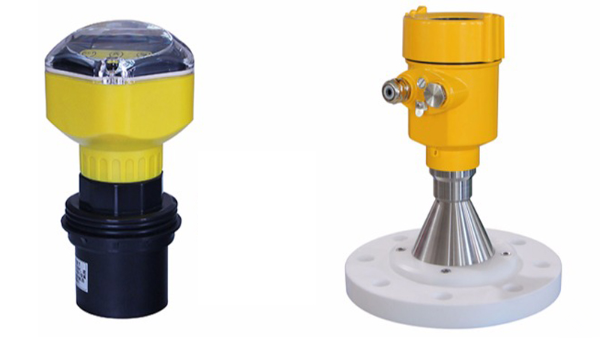A variety of level detection instruments have been designed using various physical phenomena as the theoretical basis for various level detection methods. There is no universal level detection method or instrument that is suitable for most liquid levels and working conditions, and the most widely used radar level meter is no exception. Therefore, it is necessary to get to know the commonly used level detection methods. Today, let’s start with the pressure and time travel methods.

The pressure method, which refers to the measurement of the pressure generated by a certain height of liquid when the density of the liquid is constant, can tell the height of the liquid medium. This method is widely used for level measurement in open and pressurized vessels.
The static pressure of the liquid column is measured directly by pressure or differential pressure transmitter. The pressure transmitter should be installed below the lowest level to be measured. In pressure vessels, a differential pressure transmitter must be used. One end of the differential pressure transmitter measures the sum of the vessel’s gas-phase pressure and the liquid column pressure, the other end measures the vessel’s gas phase pressure, the difference between the two is the actual liquid column static pressure value, which is proportional to the level.
The advantage of this level measurement method is that it is easy to use and easy to install. The disadvantage is that the density of the liquid being measured changes to affect the measurement results.

The time travel method, i.e. the echo ranging method, is typically represented by ultrasonic level meters and non-contact radar level meters. This measurement method is based on the fact that energy waves have a fixed speed of propagation in the air and are reflected at the measured liquid level.
This measurement method, which is characterized by its non-contact level measurement, has a wide range of applications and is easy to use. However, disadvantages are inevitable. For example, the ultrasonic level meter is not suitable for high temperature, high pressure, or vacuum occasions. A non-contact radar level meter is not suitable for low dielectric constant level measurement.
Each method has its own suitable object and its own limitations. When choosing, the appropriate measurement method and instrument must be selected according to the nature of the liquid to be measured and the specific working conditions.
With the development of the times and the progress of technology, both radar level meters and ultrasonic level meters have made considerable improvements at the technical level, and users who need them should pay more attention to them.
